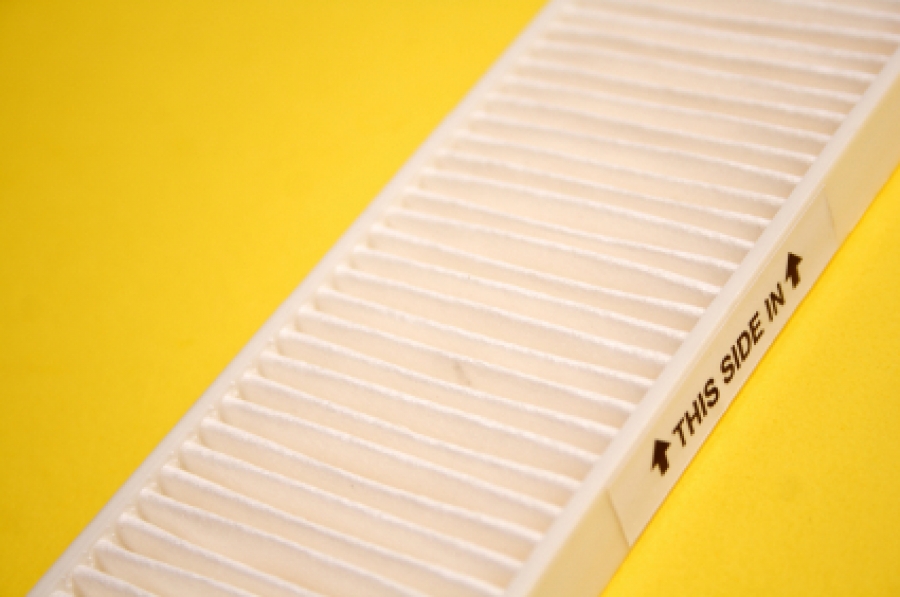Particulate Air Filtration
Particulates, which can include mold and spores, are implicated in many human illnesses. Particulate air filtration is simply the removal of intruding particles from the conditioned air steam.

Topic Summary
The following is a list of the various particles considered intruders or contaminants: smoke, mold, pollen, allergens, industrial air cleaners, tool coolant mist, welding fumes (including hexavalent chromium), grinding dust, plasma cutting, laser cutting dust, injection molding off-gassing, and other commercial and industrial contaminants. Combustible dust in industrial manufacturing plants can be an insiduous hazard.
The following is a list of the various kinds of filters which are available to remove particulates:
- Dust Collectors & Smoke Filters
- Shop Dust Collection
- Hospital Quality Air Filtration
- HEPA Filters
- Electronic Air Cleaners
- Residential Air Cleaners
- Smoke Removers
- Restaurant Kitchen Exhaust Filtration
- Activated Carbon Media for Gaseous Contaminants
The type of particulate air filtration which is appropriate for any given application must be determined by the type of contaminants present in the occupied space. The bulk of these can be determined before construction, although sometimes a contaminant does not appear until long after a building is occupied.
An example of a hazard which was discovered years after the occupation of a building occurred in a U.S. Federal Building. The outside air intake of the building was located 14'-2" above an alley. When the building was designed, there were no problems with the location of this intake. The building was on the historical registry and hence was over one hundred years old. But in the last 30 years or so, the use of diesel-fueled delivery trucks has grown. These trucks, rather than shutting off their motors when making a delivery, usually keep them running. In 1993, when this problem was detected, semi-tractor trailers making deliveries to surrounding businesses frequently parked in the alley -- and the height of the exhaust stack on a semi terminated at 14 feet 2 inches above the alley. So, truck exhaust fumes were drawn right into the intake for the building. People inside the building were breathing contaminated air. Two main methods were considered for remediation of the problem; the one chosen was to filter the incoming air through a chemically treated inert filter. (The other was to reroute the outside air duct to the roof.)
The timely replacement of filters not only contributes to the overall health of building occupants, but also represents a considerable cost and energy savings as well. Failing to replace a clogged filter can drastically reduce your equipment's ability to move air to the desired space. In one church project with which the author was involved, one whole corridor was receiving little or no air. Upon checking, the filters had nearly an inch of dust built up on them! They had probably never been cleaned. Today, it is the responsibility of the contractor as well as the architect and engineer to inform the building owners and managers that filters need to be cleaned and/or replaced on a regular basis. It is then the subsequent responsibility of the building owners to guarantee that the cleaning occurs as required to prevent disease and accidents from occurring related to dust and particulates in the air.

Buildipedia Staff
The Buildipedia research and writing staff consists of dozens of experienced professionals from many sectors of the industry, including architects, designers, contractors, and engineers.
Website: buildipedia.com/


